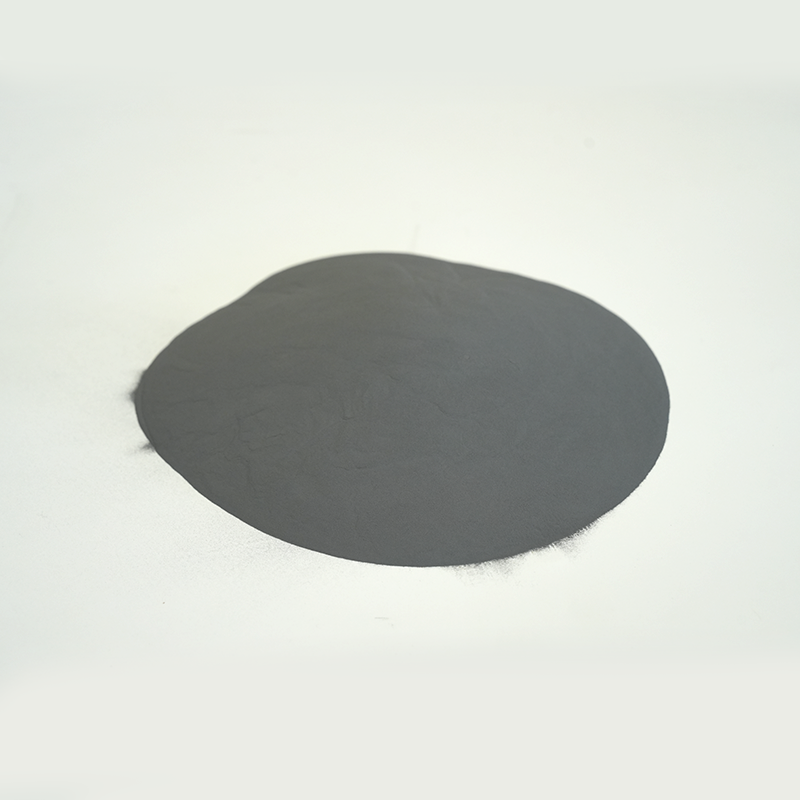Carbide composite powders have emerged as transformative materials in modern manufacturing and engineering, offering a unique blend of properties that make them indispensable across various industries. These powders are engineered by combining carbide particles—typically composed of compounds like tungsten carbide, titanium carbide, or silicon carbide—with other materials such as metals, ceramics, or polymers. The result is a material that exhibits exceptional hardness, wear resistance, thermal stability, and mechanical strength, all while retaining versatility for specific applications.
What Are Carbide Composite Powders?
At their core, carbide composite powders consist of a hard phase (the carbide) embedded within a matrix material. This combination leverages the inherent strengths of both components: the carbide provides extreme hardness and durability, while the matrix material adds ductility, toughness, or other functional characteristics. For instance, tungsten carbide is prized for its unparalleled hardness, making it ideal for cutting tools, but when combined with cobalt as a binder, it becomes more resistant to impact and fracture. Similarly, titanium carbide can be paired with nickel-based alloys to create high-temperature-resistant coatings for aerospace components.
The production of these powders involves advanced techniques such as mechanical alloying, chemical vapor deposition (CVD), or spray drying. Each method influences the final microstructure and performance of the powder, allowing manufacturers to tailor the material to meet precise requirements. The size, shape, and distribution of the carbide particles within the matrix play a critical role in determining the powder's behavior under stress, heat, or abrasion.

Applications Across Industries
One of the most prominent uses of carbide composite powders is in the field of tooling and machining. Cutting tools made from tungsten carbide composites dominate industries like automotive manufacturing, where they are used to machine hardened steel and other challenging materials. Their ability to maintain sharp edges at elevated temperatures ensures prolonged tool life and consistent performance, reducing downtime and costs.
In addition to machining, carbide composite powders find extensive use in wear-resistant coatings. For example, thermal spray processes apply these powders onto surfaces exposed to extreme friction or corrosion, such as mining equipment, oil drilling rigs, or industrial rollers. The resulting coatings not only extend the lifespan of components but also improve operational efficiency by minimizing maintenance needs.
The aerospace and defense sectors also benefit significantly from carbide composites. Components subjected to high temperatures, such as turbine blades or jet engine parts, often rely on silicon carbide-based powders for their excellent thermal conductivity and oxidation resistance. By incorporating these materials into structural components, engineers can achieve lighter, stronger, and more reliable designs.
Beyond heavy industry, carbide composite powders have found niche applications in emerging technologies. In additive manufacturing, commonly known as 3D printing, these powders enable the creation of complex geometries with superior mechanical properties. Medical devices, too, utilize carbide composites for surgical instruments and implants due to their biocompatibility and resistance to sterilization-induced degradation.


 English
English русский
русский عربى
عربى

















